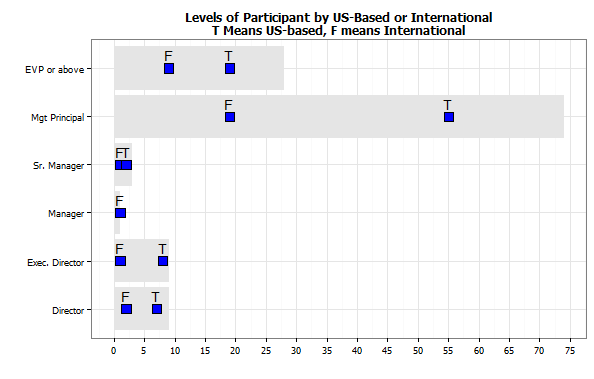by James S. Wilber, Esq., Altman Weil, Inc.
As companies continue to pay careful attention to controlling costs, law departments remain under scrutiny. Accordingly, in-house lawyers regularly look for ways to demonstrate value to their clients. One of the easiest and most cost effective ways of doing this is to seek regular feedback from clients.
Some companies require support functions, such as law, to conduct annual satisfaction surveys, often in connection with performance evaluations of law department lawyers and staff. In many companies, however, law departments rarely, if ever, seek formal feedback from their clients about whether they are meeting client needs.
 Law Department Management Blog
Law Department Management Blog


